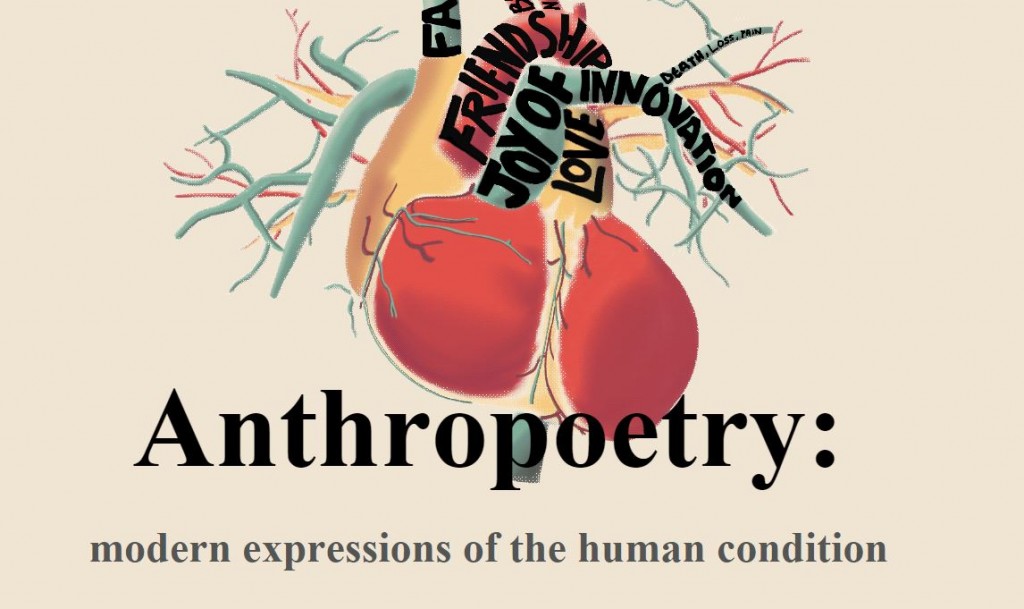Inventory Assignment #2
In How About Pleasure?, Dieter Roelstraete interrogates the under-valued notion of pleasure and play in modern society, inspecting questions like “What constitutes seriousness in curating?” and “Does the invocation of any form of pleasure, visual or otherwise, necessarily align curatorial practice with the evil forces of entertainment?”
Such examination reveals that, although it is a common notion that “art as an institution of critique is far too important to squander its precious energies over the futilities of ‘fun’,” pleasure is a cultural universal and is reflected in all human cultures (Roelstraete). This statement reveals that, not only are pleasurable exhibitions important to understanding and critiquing the human condition, but they also complement the more serious exhibits – which arguably are needed “to remind us, even in the comfortable seclusion of art, of the stark reality of the human condition outside art” (Roelstraete).
An example of this contrast done well, is the Creative Media and Digital Culture (CMDC) program’s Anthropoetry: Modern Expressions of the Human Condition exhibit that featured a diverse array of multimedial poetry during its reception to the public. This diversity of works from international artists played into the exhibit’s overarching theme of capturing “the emotions and experiences that constitute human life”: Birth to Youth, Joy of Discovery, Family and Friends, Love, Faith, Nature and Mortality (Anthropoetry).

Among these poems, a number of playful and game-like examples infuse the exhibit-space with a spark of pleasure – a human necessity – and thought-provokingly contrast the presence of more serious and darker pieces. Animalamina, New Word Order: Basra, and Stud Poetry are three titles under the category of “Pleasure”; they utilize poetical styles and conventions, while also including elements of play – interactivity, point scoring, set of rules – in order to convey important messages to their players. This inclusion of play, as a form of pleasure, reinforces Anthropoetry’s aims – as an exhibition – to capture human life, as well as its various stages, and ultimately reminds us of the importance of games in human culture.
February 21, 2016 at 11:05 pm
Your inventory is very well written. However, I think of pleasure as more than just “fun”, but also “captivating”, “attention-grabbing”, “dynamic”, etc. As such, as I wrote in my inventory, methods of pleasure can also be included in more serious works in order to drive the emotional impact further in the reader. The way I’m thinking of it is as “pleasure” with both a light and dark side, like how people enjoy horror movies as well as fantasy-adventure movies, though this may be a topic better discussed with the entire class. That being said, I agree that pleasurable works of a lighter nature compliment those of more serious, darker topics. That contrast tends to really emphasize the differences in the works and the topics at hand.
February 22, 2016 at 7:22 pm
I agree with your assessment that Anthropoetry contrasts critique and pleasure together in a unique and meaningful way. I think it is essential that an exhibition about human nature and the human condition incorporate aspects of pleasure in addition to accepts of critique. While critique can be meaningful and enlightening, aspects of pleasure seem far more human and thus relevant to the exhibit. Critique of a topic can add new and important insight, but I do not believe it is always in our nature to be critical. Exhibits are a wonderful opportunity for people to make critiques, but pleasure is a far more natural and common human trait. Combined together, these elements can give an exhibit a new and interesting dynamic which I think Anthropoetry accomplishes.